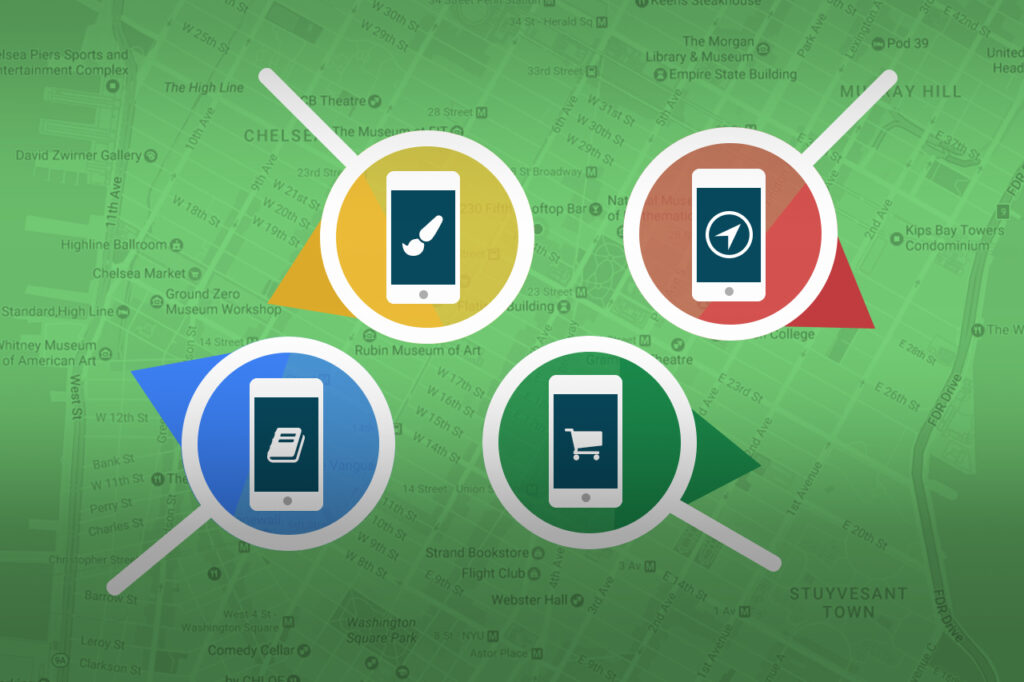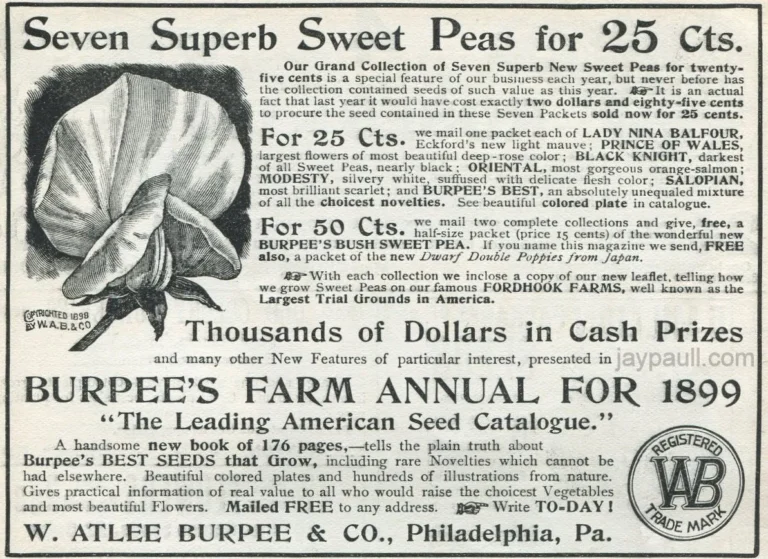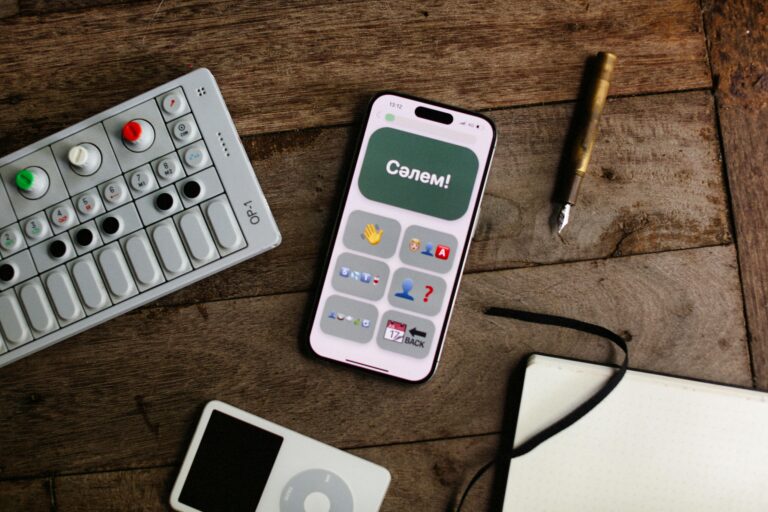
Examples of Micro-moments in Action
- Spotify: When a user picks up their phone and starts searching for music, Spotify quickly delivers personalized playlists and suggestions based on the user’s history. This is a textbook example of capturing attention in a micro-moment.
- Sephora: Sephora’s mobile app has an integrated “Virtual Artist” feature that allows users to try makeup virtually. By leveraging this type of interactive and engaging experience, Sephora captures users’ attention during moments when they’re deciding on a product to buy.
- Uber: A simple notification from Uber telling a user their ride is nearby is a perfect example of a micromoment. The company has mastered the art of delivering relevant, timely updates that cater to immediate needs.
Best Practices for Capturing Attention in 8 Seconds
1. Be Highly Relevant
Timeliness and personalization are key. Whether it’s a push notification or a social media ad, make sure the message resonates with your audience’s needs at that precise moment.
2. Utilize Video and Animation
People are more likely to engage with videos than with static images or text. Short, looping animations or 3-5 second videos can be more effective than long-form content.
3. Keep Copy Concise
In micromoments, less is more. Use clear, punchy language that quickly conveys value.
4. Leverage Data for Precision
Use data from search trends, location, and past behavior to ensure your message reaches users in the right moment. Predictive analytics can be a game-changer here.
Also Read : The Zero-Sum Game of Ad Space Bidding: What Marketers Need to Know
Conclusion
Micro-moments represent a seismic shift in how brands must approach consumer attention. With just 8 seconds to make an impact, success lies in understanding when and where your audience is most engaged and how to deliver content that’s relevant, concise, and visually appealing. By embracing these strategies, your brand can stand out in a cluttered digital landscape and drive meaningful interactions.


